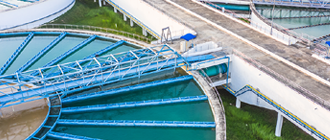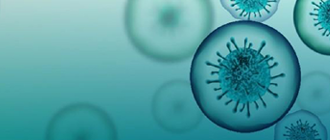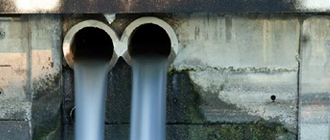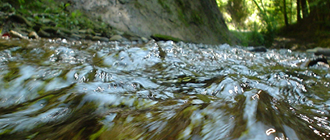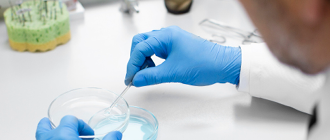The OECD (Organization for Economic Cooperation and Development) plays an active role in the preservation and management of global water resources. As part of its missions, it provides recommendations concerning methods for assessing water quality and advocates for the use of bioassays. Consequently, this organization plays a central role in their development and promotion.
To harmonize the implementation methods of bioassays, the OECD has developed several guidelines and recommendation documents that discuss the use of bioassays. Here are some examples of these documents:
- Consensus documents on specific bioassays - The OECD publishes consensus documents on specific topics related to bioassays, such as endocrine disruption assays, toxicity assays on algae, etc.
- Guidelines for acute toxicity tests on aquatic organisms
- Guidelines for chronic toxicity tests on aquatic organisms
- Guidelines for the assessment of chemical risks - These include information on the use of bioassays in combination with other methods to assess risks to human health and the environment...
These guidelines and recommendation documents are widely used by scientists, regulators, and regulatory bodies worldwide to guide risk assessments. They contribute to a consistent and scientifically grounded approach in evaluating the effects of chemical substances on ecosystems and human health.
Bioassays' Interests According to the OECD
Improved risk assessment
The OECD recommends the use of bioassays for environmental risk assessment, as they provide a more comprehensive and realistic evaluation of the effects of pollutants on ecosystems and the living organisms inhabiting them.
Assessment of a wide range of contaminants
Bioassays can be used to assess environmental risks associated with various types of pollution, such as chemicals, heavy metals, wastewater, industrial waste, pesticides, pharmaceuticals, etc.
Considering the cocktail effect
The OECD also recommends the implementation of bioassays to assess cocktail effects, which are the combined effects of multiple chemical substances present in the environment on living organisms. Cocktail effects can be more significant than the effects of each individual substance, as interactions between substances can have synergistic or antagonistic effects.
Decision-support tool
This information can be used to guide policy decisions and to help determine the necessary measures to protect the environment and human health.
In summary, the use of in vitro bioassays for water quality analysis can provide valuable information for regulators, public health authorities, environmental professionals, and consumers in general to ensure the safety of drinking water and public health.
OECD Recommendation
The OECD considers bioassays as essential tools for rapidly and cost-effectively assessing the toxicity and presence of contaminants in water. They offer a comprehensive and realistic approach to understanding how chemical substances can influence ecosystems, biodiversity, and human health, and they contribute to better decision-making in terms of regulation and risk management.


